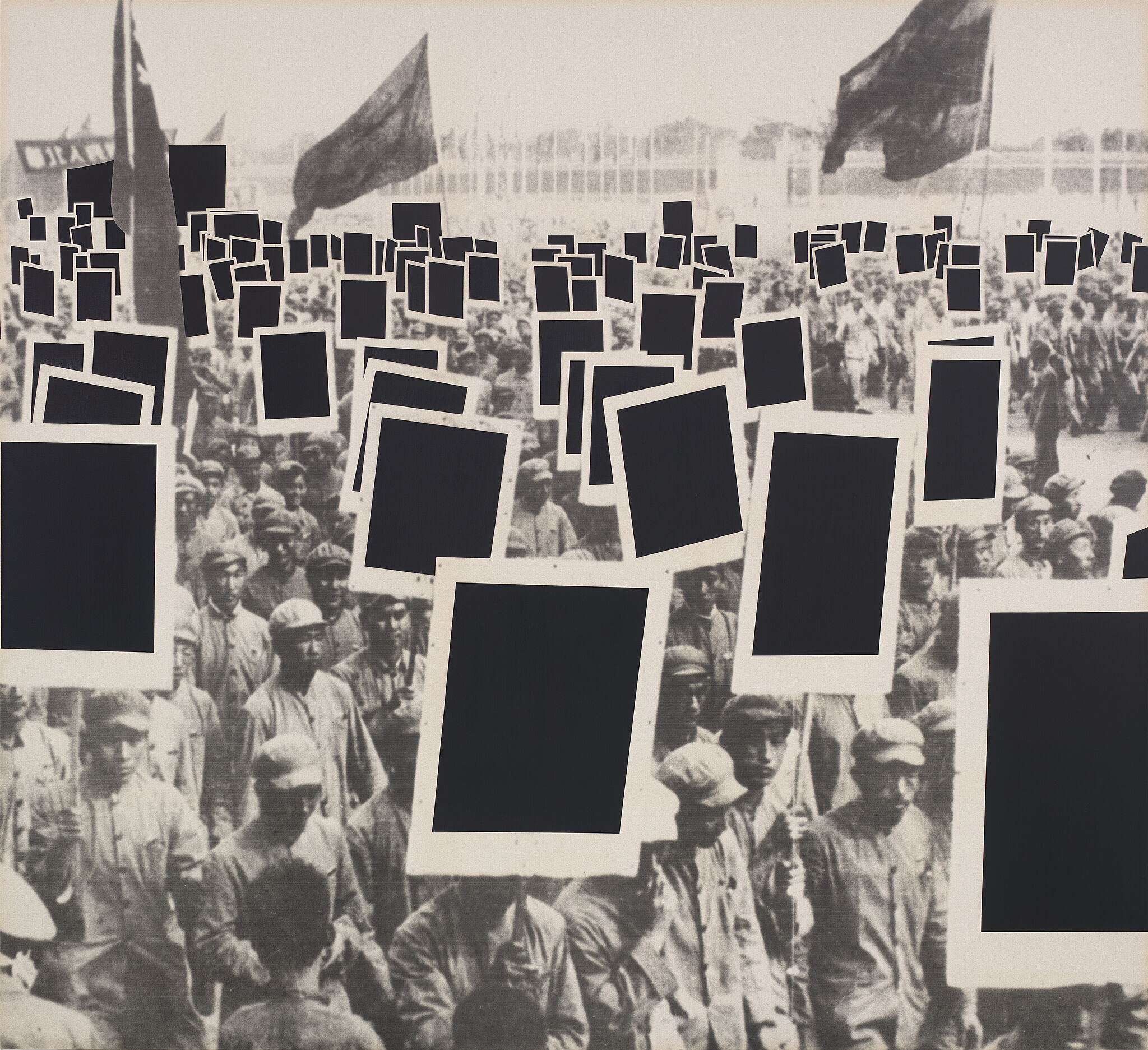Barbara Kruger
1945–
Barbara Kruger studied at Syracuse University and then Parsons School of Design, where her instructors included the photographer Diane Arbus and the graphic designer Marvin Israel, art director at the fashion magazine Harper’s Bazaar at the time. She began her career in commercial art, designing book covers and working as an editorial designer at Condé Nast on publications such as Mademoiselle. After initiating her fine art practice with abstract paintings and woven wall hangings, Kruger arrived at her signature aesthetic by the early 1980s—the juxtaposition of provocative catchphrases (slogans she appropriates or formulates herself), printed in bold blocks of text, with found and often vintage photographic imagery. These graphic combinations of text and image, often bordered in red, dramatize— and call into question—the effect of the contemporary mass media in shaping identity, desire, and structures of power. Kruger implicates her audience through the use of neutral pronouns such as you and we, and viewers must work to untangle the often ambiguous relationship between her texts and images. Untitled (We Don’t Need Another Hero) pairs the lyric from a 1985 Tina Turner song with a photograph of children performing stereotypical adult gender roles: the boy flexes his bicep and makes a macho expression while the girl, in her dress and pigtails, is his eager admirer.
Kruger works in a range of scales and across diverse media, including unconventional contexts for art; her photomontages might be encountered as billboards, on T-shirts, or as posters. Since the 1990s, her practice has expanded to encompass large-scale installations that feature video and audio components in addition to photos and text, as well as public art projects.
Introduction
Kruger combines photograph-based images with slogans or aphorisms, deconstructing them visually and verbally. Her work appears in public spaces as well as on consumer merchandise.
Country of birth
United States
Roles
Artist, author, collagist, conceptual artist, designer, film critic, installation artist, lecturer, painter, photographer, publicist, writer
ULAN identifier
500118792
Names
Barbara Kruger, Barabra Kruger, Barbarah Kruger, Barbarah Ḳruger
Information from the Getty Research Institute's Union List of Artist Names ® (ULAN), made available under the ODC Attribution License. Accessed December 22, 2025.












